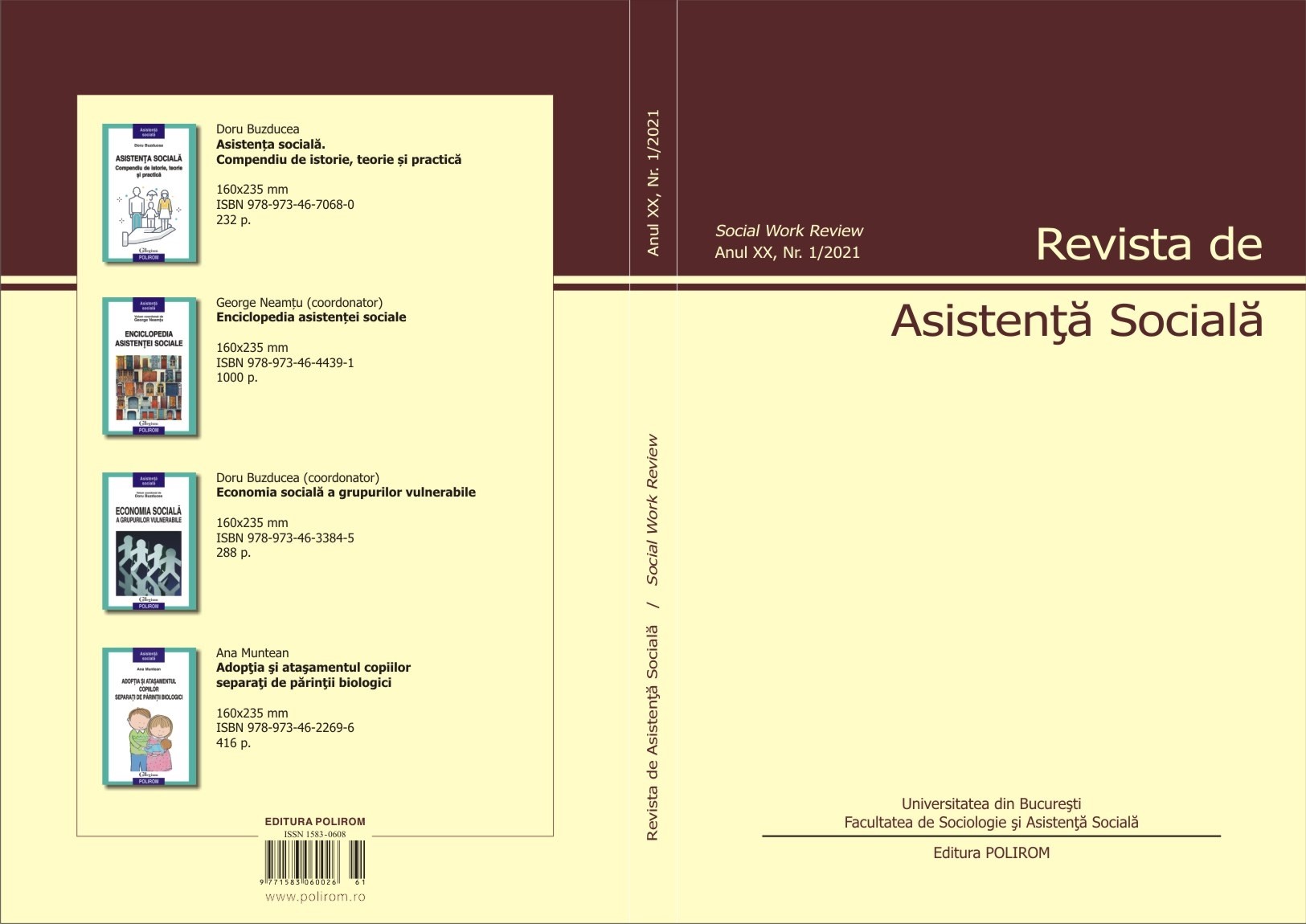Neuroentrepreneurship and Neurofeedback for Managing Risks
Neuroentrepreneurship and Neurofeedback for Managing Risks
Author(s): Daniela GabaSubject(s): Cognitive Psychology, Neuropsychology, Methodology and research technology
Published by: POLIROM & Universitatea Bucureşti - Dept. de Sociologie şi Asistenţă Socială
Keywords: entrepreneurship; neuroentrepreneurship; neurofeedback; risk;
Summary/Abstract: High-risk contexts, such as the one created by the SARS-CoV-2 pandemic, remind us of the importance of having both systematic, organisational responses to crisis and individual skills for the management of diverse risks in everyday life. The growing applications of neuroscience in fields such as entrepreneurship and cognitive psychology illuminate some of the neural processes underscoring individual responses to high-risk situations. This paper analyses two growing fields of research, the emergent neuroentrepreneurship approach and the neurofeedback methods for training brain activity with a special look at their possible applications to individual risk management. Neuroentrepreneurship scholarship adds to the eclectic theoretical perspectives of entrepreneurship (traits-based, behavioural, cognitive, biological etc.) by proposing new modalities of studying the entrepreneurial mindset in which the structure and functioning of the brain play a central role. Neurofeedback (EEG biofeedback) is a non-invasive method for training the self-regulating functions of the human brain. While neuroentrepreneurship offers a transdisciplinary theoretical framework for the application of neuroscience knowledge with the goal of enhancing human activity and performance, neurofeedback represents a practical tool/method which could contribute to this goal. Neuroentrepreneurship and neurofeedback give promising outlooks on the current possibilities of enhancing individual responses to risk, with possible applications in a range of human activity fields. However, there is still a need for research determining the specific ways in which the two might help individuals improve their ability to manage risks.
Journal: Revista de Asistenţă Socială
- Issue Year: XX/2021
- Issue No: 3
- Page Range: 99-109
- Page Count: 11
- Language: English
- Content File-PDF

